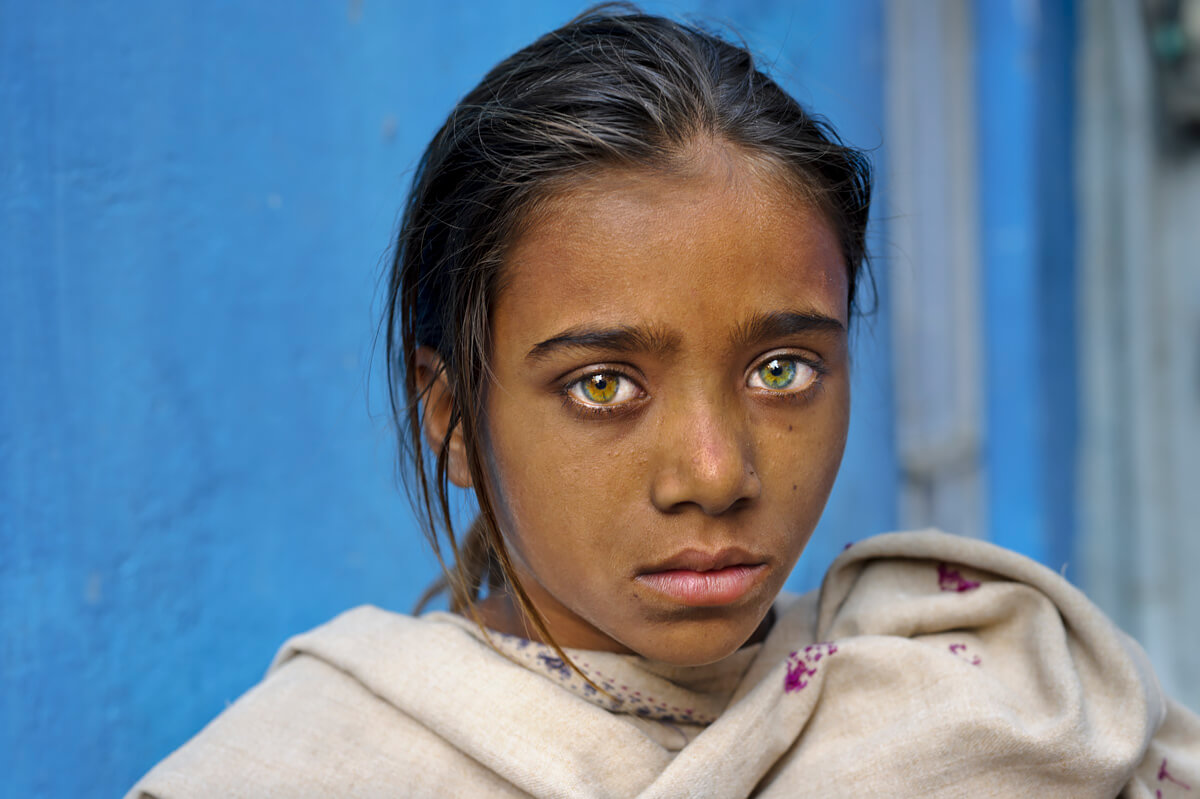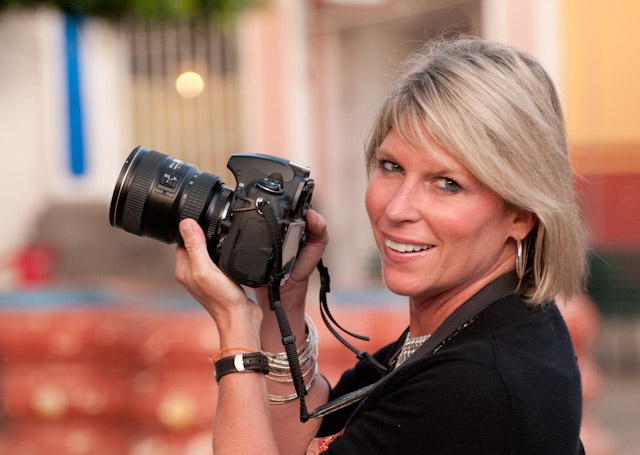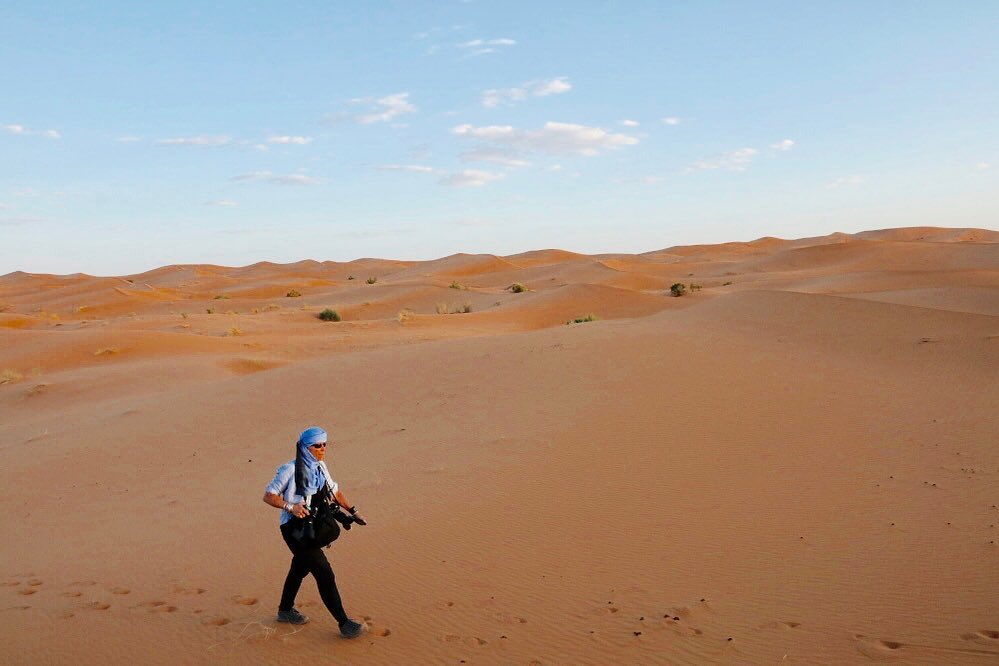We talk with acclaimed author and National Geographic photojournalist Alison Wright, about life in the field, topics of passion, and the near-death experience that turned into a drive for hope.
What inspires you as a photographer?
Insatiable curiosity, meeting new people and their cultures, gorgeous light, the hope of helping to make the planet a better place to live for my fellow humans in some small way. I’ve spent a career traveling the globe documenting indigenous cultures and issues concerning the human condition.
You had a life-changing accident in Laos. What effect did that event have on your outlook on life and also on your work as a photographer?
I was in a horrific bus accident on a remote jungle road in Laos. I was sitting right at the point of impact, pinned by the giant logging truck that had sheared our bus in half. Of those who survived I suffered the most extensive injuries; multiple broken bones including my back, pelvis, and all my left ribs. Most alarming were my multiple life-threatening internal injuries, including collapsed lungs and a herniated heart.
The locals brought me to their village and sewed my damaged body together as best they could. There was no hospital, no phones, and no painkillers. The villagers continued to worry and care for me as darkness fell. Ten hours passed. When it became clear that I was not going to make it through the night I wrote a note to my family, telling them how and where I had died. It felt important to assure them that I didn’t die alone and afraid. And as I closed my eyes and surrendered, an amazing thing happened: I let go of all fear. I have spent a lifetime trying to capture the enduring universal human spirit through my photographs and in that moment, I felt how connected we truly are.

This experience didn’t convince me to change my life so much as confirm that I was on the right path. I discovered a physical and spiritual strength within myself that I didn’t know I had, but more importantly, it has inspired me to recognize the resiliency and tenacity of others, something I strive to capture in my imagery. My brush with death has become a touchstone. Not a day goes by that I don’t remember, with gratitude, that I am alive because of the kindness of strangers. It took me nearly two years and more than thirty surgeries to learn how to walk again. This experience has brought a whole new empathy and compassion to my work.
What was the inspiration behind creating your foundation Faces of Hope?
I wrote a memoir about my accident called, Learning to Breathe, One Woman’s Journey of Spirit and Survival that inspired me to start my foundation, Faces of Hope. By connecting photography and philanthropy I strive to create global awareness. I hope to give back in some small way to the women and children in the communities that I photograph through education and healthcare. The first thing I did was reach out to the people in that little village in Laos that saved my life. I brought over five American doctors and $10,000 worth of medical supplies to help support a small clinic.
Does being a photographer give you a different perspective on the hardships women face around the world?
Being a photographer has given me a different perspective on the hardships of everyone in the world: men, women, and children. My latest book, Human Tribe, is a monograph of color global portraits celebrating the diversity and connectivity of our beautiful and unique visual human tapestry.
At what stage did you decide to evolve from passive spectator to active advocate?
I’ve always gotten more involved than I probably should have but starting the Faces of Hope fund made it more structured with more concrete results.

What are the most important things travelers should keep in mind when interacting with cultures and communities vastly different from their own?
We are ambassadors of our countries, so we need to put on our best example. These people may never get to visit our countries, so we may be the only impression they get. Leave them with a good one. Respect the culture, follow their customs and wear what is expected.
Do you have a Faces of Hope project that you’re especially passionate about?
I lived in Nepal for many years so the earthquake in Nepal personally hit me especially hard. I was able to raise thousands of dollars for tents for Nepal as well as Haiti. I’ve also helped a woman’s shelter in the Congo, where every minute a woman is raped; send girls to school in Africa and India, and help support Rohingya and Burmese refugees. It all feels like such a drop in the bucket but at least I feel like I’m doing something. Doing something is better than doing nothing. Unfortunately, there is no end to crisis issues in the world.
For more Interviews click here.
Want to Stay Up to Date? Follow us on Facebook or Instagram or Sign Up for our Bi-Weekly Newsletter.

